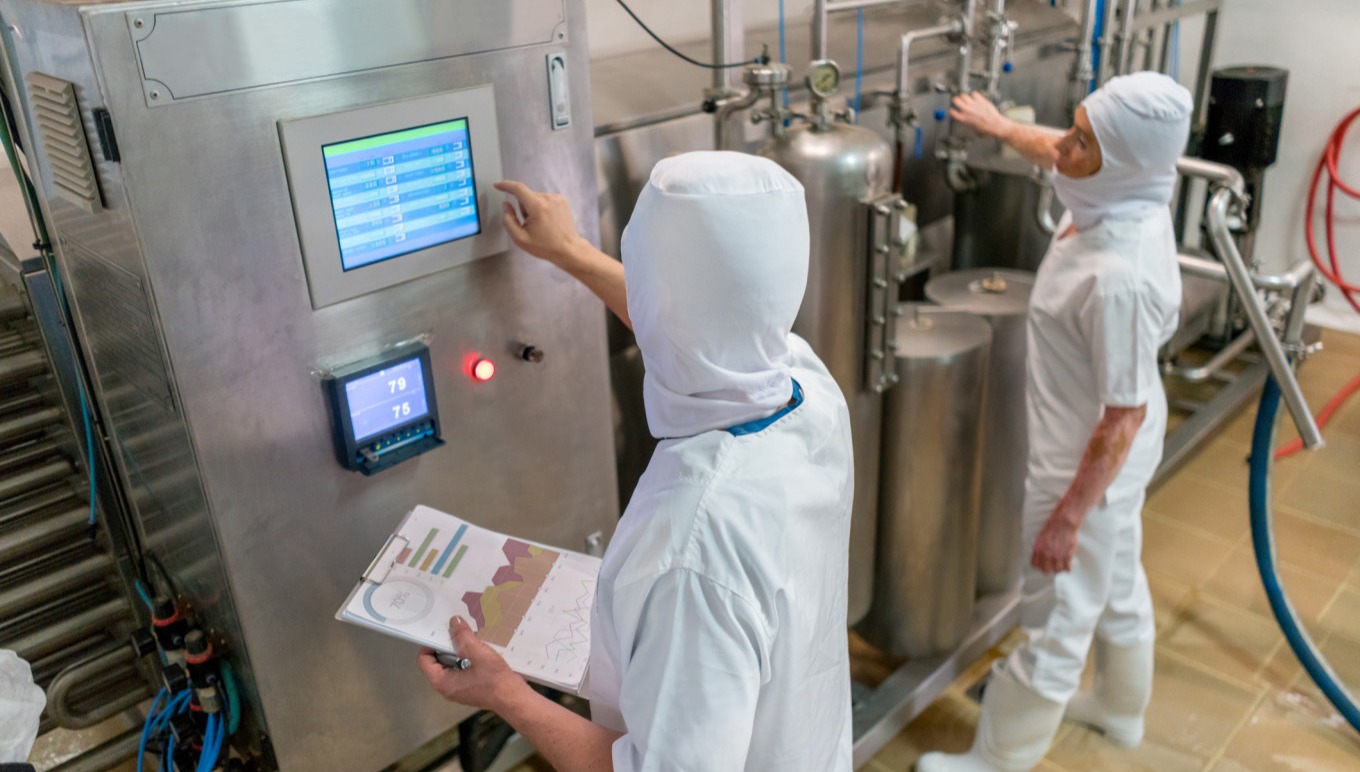High-Pressure Processing of Food: Mitigating Risks Efficiently and Effectively as Part of a Cohesive Food Safety Plan
High-Pressure Processing of Food: Mitigating Risks Efficiently and Effectively as Part of a Cohesive Food Safety Plan
High-Pressure Processing of Food: Mitigating Risks Efficiently and Effectively as Part of a Cohesive Food Safety Plan

With this month’s observance of World Food Safety Day still fresh in our minds, now is a good time to explore how your business can enhance its approach on this crucial front. All organizations that are a part of the diverse and dynamic food and beverage industry have a responsibility to adhere to exacting standards. And, as you know, the best way to achieve consistently excellent outcomes is through the application of scientifically based technologies and practices.
A great example that fits into that general category is high-pressure processing of food, but not all professionals in the field fully understand the procedure, its benefits and how it fits into a cohesive, modernized food safety plan. We’re here to fully explain the matter and give you all you need to know about this highly effective technique and its role in the larger picture.
What Is High-Pressure Processing?
High-pressure processing—also known by the acronym HPP and the term “pascalization” after the technique’s inventor, Blaise Pascal—is the process of preserving and sterilizing food through the application of very high pressure, which leads to the inactivation of dangerous microorganisms and enzymes that may be present.
The procedure entails sealing the food products in a steel compartment containing liquid and using pumps to apply pressure either intermittently or continuously. This kills most microorganisms but does not affect covalent bonds in the molecules that make up the food, which results in minimal change to taste and nutritional content.
Minor side effects of high-pressure treatments include the gelatinization of certain carbohydrates and a slight increase in sweetness. While the process works equally well for both solid and liquid products, the newly developed and closely related ultra-shear technology (also known as high pressure homogenization) is optimal for liquids.
What Are the Benefits of High-Pressure Processing?
High-pressure processing is effective in the elimination of pathogenic microorganisms like listeria, E. coli, salmonella and vibrio, making it an extremely useful method for mitigating those food safety risks. It also deactivates other microorganisms and enzymes that cause spoilage, which can help further your company’s goals of shelf life extension for finished goods.
The procedure can be successfully applied to a wide variety of products, making it applicable in many different industry segments and for manufacturers of wide ranges of items. From fish and meats to salad dressings, jellies, jams and yogurts, high-pressure processing can serve to both safeguard end consumers from adverse health outcomes and give your goods longer ranges of viability—and that’s especially true for high-acidity foods, like fruits.
Of late, food scientists have found that high-pressure processing can also be used to separate the meat of shellfish from their shells. This makes the process of preparing lobster, shrimp and crabs for retail sale much simpler and allows seafood businesses to deliver their offerings in more convenient formats that attract today’s time-starved shoppers.
Finally, high-pressure treatments are also catching on in the raw pet food segment, as the procedure destroys harmful bacterial and viral contaminants in both frozen and freeze-dried varieties. All said, the technology offers an efficient, versatile and compelling means of improving outcomes and preventing the spread of foodborne illness.
Other Essentials for an Optimized Food Safety Plan
While high-pressure processing is no doubt a useful measure for mitigating food safety risks, it is not the be-all and end-all when it comes to protecting your customers from foodborne illness. More is required to flesh out a complete approach on this front, and you should be sure to investigate and address each of the following matters thoroughly.
First, there’s material and product traceability—you need to have complete information on where your materials have been, what surfaces they come into contact with at your facilities and where your finished goods are headed downstream. Tracing backward and forward along the supply chain, with updates at every critical tracking point (CTP), is vital for identifying the source of contaminations and isolating affected items.
Speaking of contaminations, you also need to be fully prepared in the case of a food safety emergency requiring a product recall. This entails forming a core team that will jump into action and lead the process as soon as a problem is reported, establishing a method to rapidly determine its origin, issuing all necessary communications and executing on the withdrawal and destruction of compromised goods.
Finally, there’s the imperative of airtight allergen management, which is crucial for avoiding adverse outcomes for the millions around the world that suffer from such sensitivities. You need to know the most problematic foods (consult the lists published by the FDA, Food Standards Agency and Food Allergy Research & Education organization) and strictly follow best practices in ingredient segregation, storage and sanitation.
The above is an incomplete list—safe handling techniques, employee hygiene and environmental controls are also important components of food safety, among other efforts—but these three considerations are the pillars on which you can build a sound approach for ensuring all your products are fit for consumption.
The Technology to Tie It All Together
Between the exploration of high-pressure processing and further food safety considerations, this probably seems like a lot to take in and implement at your organization. Luckily, purpose-built technology that helps you stay on top of all aspects of food and beverage facility operations is here in the form of enterprise resource planning (ERP) software.
For example, ERP solutions built specifically for the food industry have the potential to aid in the application of high-pressure processing. Advanced systems can integrate with most equipment that generates an electronic output signal to track performance and monitor levels in real time–helping you iterate and improve over time.
What’s more, most ERP platforms have features dedicated to the digital management of traceability, product recalls and allergen management. Our industry-specific food and beverage solution, Aptean Food & Beverage ERP, is packed with powerful tools that help you conquer your challenges on each of these vital fronts, allowing you to protect end consumers from risk and boosting your brand reputation as a name to trust.
Now, if you’re ready to learn more about Aptean Food & Beverage ERP and how it can help you manage high-pressure processing technology and other food safety efforts, contact us today. Feel free to also schedule a personalized demo to see the software in action.
Dealing with Disruptions in the Food and Beverage Industry
Disruptions are increasingly common in the food and beverage industry. Learn how ERP technology can help you tackle these challenges.



 Jack Payne | Vice President, Product Management & Solutions Consulting
Jack Payne | Vice President, Product Management & Solutions Consulting